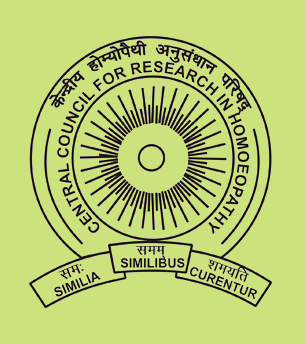Indian Journal of Research in Homoeopathy
Keywords
homoeopathy
Article Type
Original Article
Abstract
Among the plants used in the homoeopathic system of medicine,by far a large number are derived from the flowering plants. Of the lower groups,those having chlorophyll but lacking a proper organized higher plant structure belong to Algae and Lichens which have been dealt with separately, along with the non- chlorophyllous Fungi. The Bryophytes constitute a separate group of which only one representative is used in Homoeopathy. These plants too lack an organized plant body though analogous structures begin to evolve. From the group of plants known as Pteridophytes, an organized plant body structure emerges having stem-like,root-like and leaf-like organs.Only five Pteridophytes are used among which Lycopodium clavatum of wide usage belongs.Among the group called Gymnosperms which had been dominant in by gone periods such as the Cambrian, Ordovician (500 to 300 million years ago) of the Palaeozoic era contributing to the formation of coal and petroleum, important plants like Thuja occidentalis, Ginkgo biloba and Taxus baccata belong,which are used in Homoeopathy;seventeen Gymnosperms have beenlisted
Digital Object Identifier
10.53945/2320-7094.1738
Publisher
Wolters Kluwer India Pvt. Ltd.
How to cite this article
Baburat D, Gupta H. Homoeopathic raw drug plant sources- II: Non-Angiosperm Groups Bryophytes, Pteridophytes & Gymnosperms. Indian J Res Homoeopathy 2010;4:15-20. doi: 10.53945/2320-7094.1738


